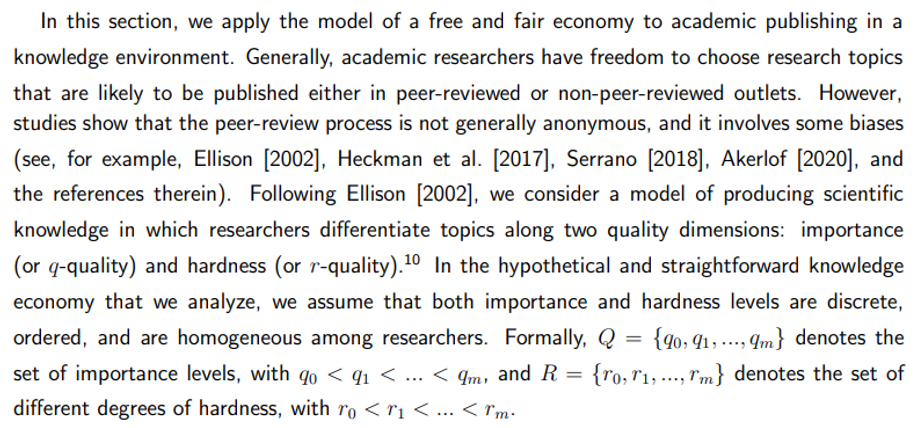Pi Network’s developers are moving forward with a bold new phase in their long-term roadmap – one that could finally bring decentralized finance into the heart of their ecosystem.
The project, often at the center of debate within the crypto community, has quietly introduced DEX and AMM testing environments that allow users to explore decentralized trading directly within its blockchain sandbox.
The news was revealed at TOKEN2049 in Singapore by co-founder Dr. Chengdiao Fan, who said the new features would help bridge the gap between Pi’s closed testing environment and the future Mainnet. The tools are currently live only on Testnet, giving developers and “Pioneers” the chance to practice token creation, liquidity pooling, and swaps before the ecosystem opens up completely.
Rather than rushing to Mainnet, the team says the goal is education. “We want our community to understand how DeFi works before they interact with real assets,” Fan explained during her presentation. She added that a full set of developer resources will soon be released so that builders can test new coins and DApps without financial risk.
A Gateway for Builders
The experimental tools are designed to empower Pi’s massive user base to become early builders of its decentralized future. Community developers can now mint tokens on Testnet and build interfaces for decentralized exchanges – a process that has so far been tightly restricted on Mainnet. By staging this rollout in phases, Pi Network is laying the groundwork for what could become one of the largest community-driven blockchain economies.
End of the .pi Auction Era
Alongside the DeFi developments, the team has wrapped up another ambitious project – the .pi Domains Auction. The event, which began in June, allowed users to claim personalized domain names in place of long alphanumeric wallet addresses. The final bids closed on September 30, though any auction receiving a last-minute bid automatically extended by 24 hours to maintain fairness.
With bidding now complete, Pi Network is conducting a full data audit before releasing the domains to successful participants. That verification phase is expected to last roughly two months, after which winners will begin claiming their chosen names.
Positioning for Mainnet Expansion
The dual developments – DeFi testing and domain distribution – represent the strongest signals yet that Pi Network is preparing for a wider launch cycle. By prioritizing usability and education, the project appears focused on building sustainable infrastructure before opening the gates to real-token activity.
If the testing phase succeeds, Pioneers could soon transition from simulated swaps to genuine on-chain liquidity, marking a major step toward Pi’s goal of creating a user-driven, self-contained Web3 economy.
The information provided in this article is for educational purposes only and does not constitute financial, investment, or trading advice. Coindoo.com does not endorse or recommend any specific investment strategy or cryptocurrency. Always conduct your own research and consult with a licensed financial advisor before making any investment decisions.
Related stories
Next article
Source: https://coindoo.com/pi-network-news-major-development-announced-as-project-enters-new-phase/


